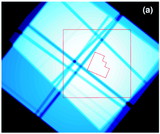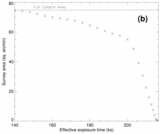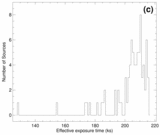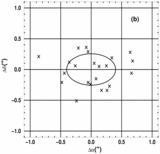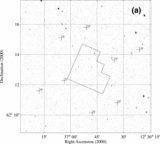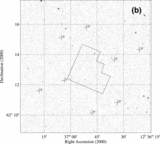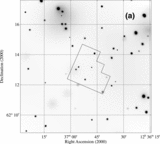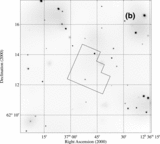Image Details
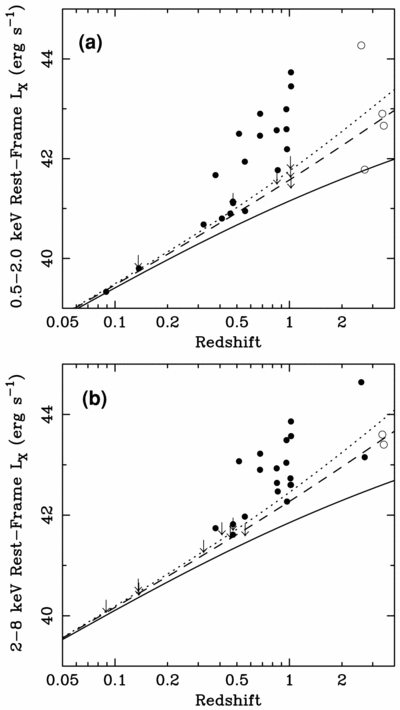
Caption: Fig. 11.
Rest‐frame luminosity in the (a) soft band and (b) hard band vs. redshift for our Chandra sources with spectroscopic identifications. The solid, dashed, and dotted curves are our detection limits for photon indices of ﹩\Gamma =0.0﹩, ﹩\Gamma =1.4﹩, and ﹩\Gamma =2.0﹩, respectively. Note that we have used a range of photon indices in the calculation of the luminosities. Open symbols are used for four soft‐band sources at high redshift as a result of the fact that we are directly measuring little or no rest‐frame soft‐band emission from these sources; the derived rest‐frame soft‐band luminosities are extrapolated from data at higher rest‐frame energies. Open symbols are used for two hard‐band sources at high redshift where the rest‐frame hard‐band luminosities were calculated based on observed‐frame soft‐band data.
Copyright and Terms & Conditions
© 2001. The American Astronomical Society. All rights reserved. Printed in U.S.A.


